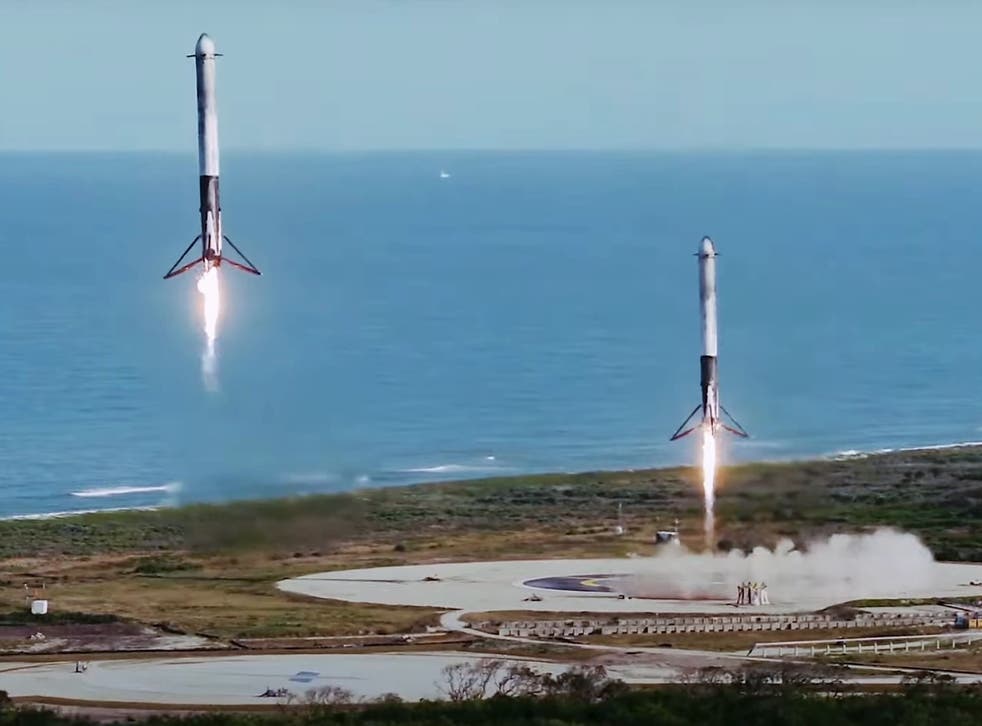On March 3, 2022, SpaceX launched 47 more Starlink satellites into space, the most recent update to the huge communications satellite being created to offer internet connectivity to everyone on Earth. On Thursday morning, SpaceX launched 47 more worldwide web satellites from Florida’s Kennedy Space Center. The Falcon 9 rocket’s first phase, which carried the Starlink satellites into space, touched down the earth nine minutes after launch. After equipping Ukraine with terminals, SpaceX deploys 47 additional Starlink satellites. This was the 11th successful launch for this particular Falcon 9 rocket, tying it for the most flights with another Falcon 9 in SpaceX’s series.
The rocket’s first stage has traveled to interplanetary space 11 times, matching it with another SpaceX booster for the distinction. SpaceX prioritizes demonstrating considerable reusable rockets for their Falcon 9s in order to conduct space missions at a quarter of the price. As Musk has often stated over the years, the full and speedy utilization of new space technology is critical to providing the human civilization with a chance of establishing on Mars, traveling to the Moon, and pursuing the next important steps in human deep space missions. Since SpaceX launched its Starlink array into orbit in 2019, the system has done more than simply progress toward its lofty aim of delivering worldwide internet access.

Elon Musk has frequently stated that complete and quick reuse of space gear is the critical innovation required to assist mankind in colonizing Mars and achieving other aspirational exploration goals. Starlink is SpaceX’s satellite internet provider, with the initial infrastructure launching in 2019. Elon Musk, the network’s CEO, recently delivered 50 Starlink terminals to Ukraine, where a Russian incursion has disrupted internet connectivity. “You may have heard that Starlink has been enabled in Ukraine to help with internet connectivity in that nation,” SpaceX space operational engineer Siva Bharadwaj stated during the launch live stream.
The Falcon 9’s two different nose cones were jettisoned minutes before the second phase launched its single-engine, displaying the flat-packed, quarter-ton Starlink satellites after ascending past the border of space. The nose shielding components were planned to fall into the sea for retrieval and disposal. Last Monday, SpaceX announced that the Starlink network is already offering services to its clients in 29 worldwide countries. In the midst of Russia’s imminent invasion of Ukraine, the system recently extended to just provide internet connectivity there. SpaceX prioritizes proving considerable recyclability for their Falcon 9s in order to conduct manned missions at a fraction of cost.



